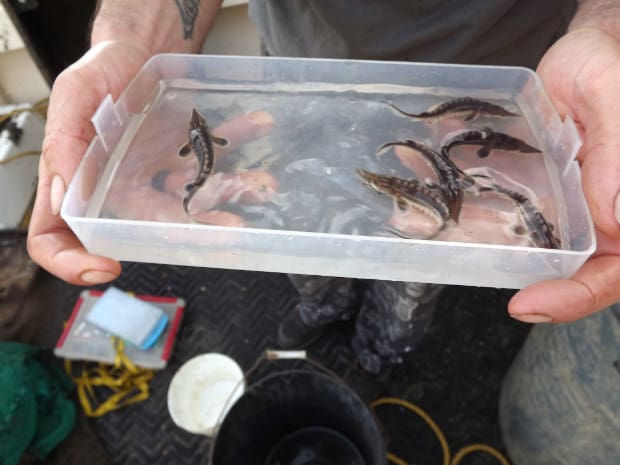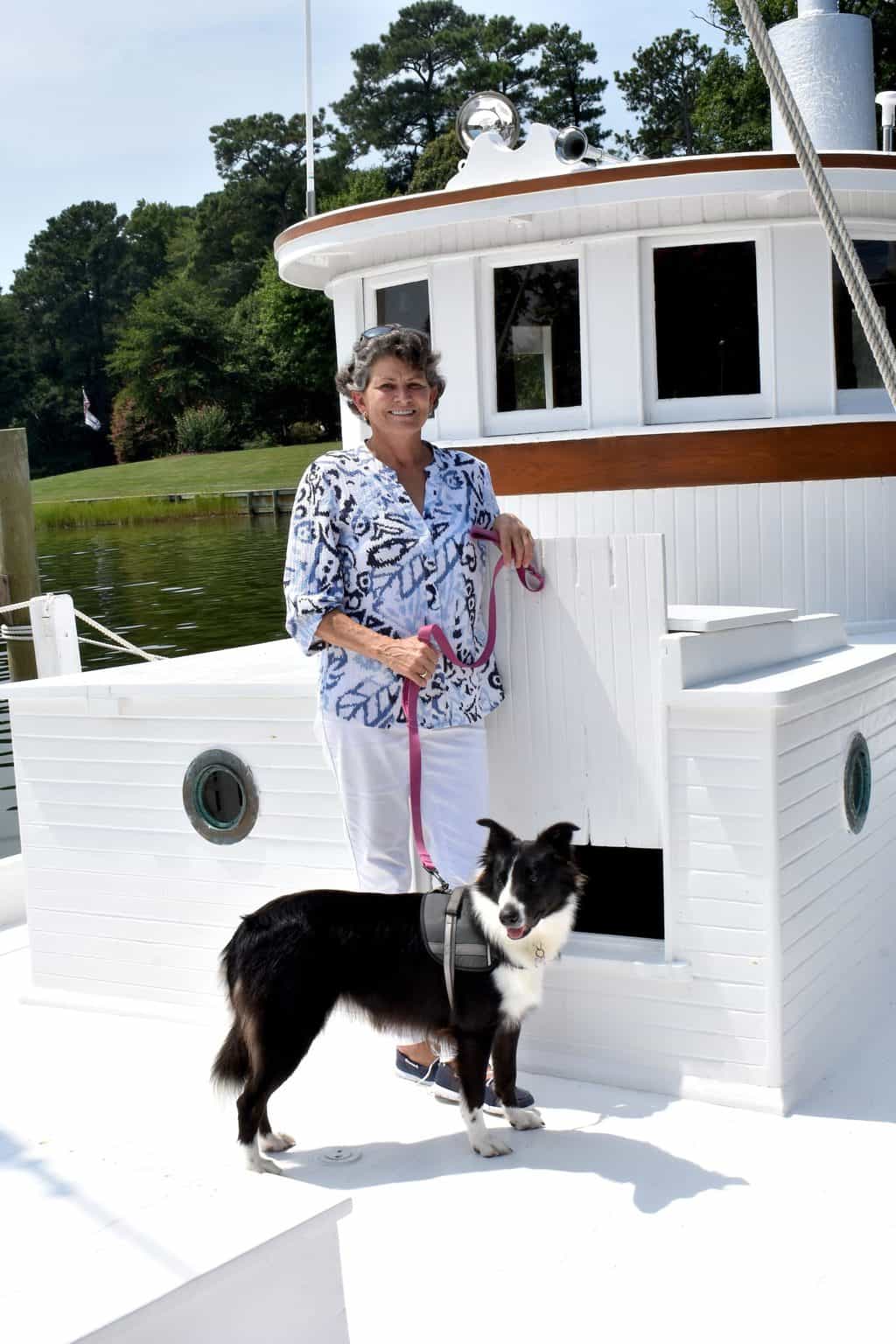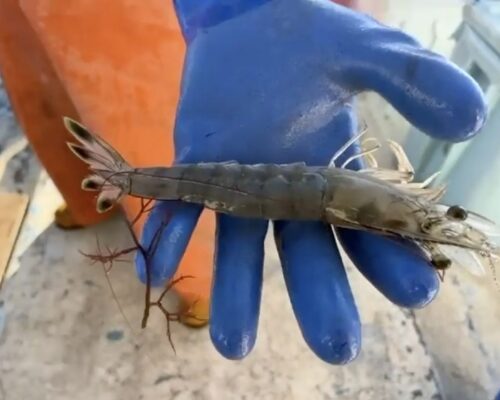There’s cause for celebration among those working to restore the James River. An unprecedented nearly 150 baby sturgeon have been found in the river this fall.
Just two weeks ago, Bay Bulletin reported that riverkeepers were excited to find five babies of the endangered species. (Read that story here.) Now, researchers have counted 30 times that many— and it’s becoming clear that it’s a “bumper year” for sturgeon spawning.
The Rice Rivers Center at Virginia Commonwealth University (VCU) does trawl surveys in the James, to keep track of the Atlantic sturgeon, a huge, long-lived fish that is federally protected on the Chesapeake. Over eight years of surveys, VCU’s Matt Balazik and his team found more than 600 sturgeon, but never any babies.
All that changed this fall. The tally currently sits at 148 baby sturgeon.
“We’re really excited,” Balazik said. “It’s been very encouraging. After going out all those times and catching nothing, it’s been rewarding to start to see these fish at this stage.”
What’s behind the skyrocketing number? VCU’s Rice River Center is trying to figure out what’s special about this year that has caused so many babies to appear.
Balazik says it’s likely because of this summer’s record-breaking rain.
“I think it’s really the heavy flow in the river this year because we have gotten so much rain. The river flows were high and the ground was saturated and then we had some significant rain events right in the peak of the spawning season — that couldn’t have been timed any better.”
The heavy flows may have cleaned out some sediment that has built up in sturgeon spawning habitat, Balazik surmises, but admits that researchers may never fully know what caused the baby boom.
And while it’s encouraging to see so many sturgeon just hatched in mid-September, time will tell if this “bumper year” can boost the sturgeon population longer-term.
“The fact that we’re catching so many this year when we haven’t caught any in previous years makes me really hopeful that we’ll get a bunch of 1-year-olds next year…Once they’re a 1-year-old, they’re pretty big and they’ve made it through the bigger threat of predation. Next year if we’re catching a bunch of age-1 fish, that’s when I’ll really start popping the champagne.”
Researchers say that if a group of sturgeon survive to be one or two, they’re likely to make it to maturity— between 10 and 15 years old, when they will start to return to Bay tributaries like the James River to reproduce.
-Meg Walburn Viviano



